- Home
- Articles
- Architectural Portfolio
- Architectral Presentation
- Inspirational Stories
- Architecture News
- Visualization
- BIM Industry
- Facade Design
- Parametric Design
- Career
- Landscape Architecture
- Construction
- Artificial Intelligence
- Sketching
- Design Softwares
- Diagrams
- Writing
- Architectural Tips
- Sustainability
- Courses
- Concept
- Technology
- History & Heritage
- Future of Architecture
- Guides & How-To
- Art & Culture
- Projects
- Interior Design
- Competitions
- Jobs
- Store
- Tools
- More
- Home
- Articles
- Architectural Portfolio
- Architectral Presentation
- Inspirational Stories
- Architecture News
- Visualization
- BIM Industry
- Facade Design
- Parametric Design
- Career
- Landscape Architecture
- Construction
- Artificial Intelligence
- Sketching
- Design Softwares
- Diagrams
- Writing
- Architectural Tips
- Sustainability
- Courses
- Concept
- Technology
- History & Heritage
- Future of Architecture
- Guides & How-To
- Art & Culture
- Projects
- Interior Design
- Competitions
- Jobs
- Store
- Tools
- More
Innovative Smart Home Designs: Enhance Comfort, Efficiency, and Sustainability in Modern Living
Discover the evolution of smart home designs in our latest article, exploring how technology transforms modern living. Learn about seamless device connectivity, energy efficiency, and enhanced security features. Dive into trends like voice control and IoT integration while uncovering practical tips for creating a smart home tailored to your needs.

As technology continues to evolve, smart home designs are transforming the way we live. Imagine a space where your devices communicate seamlessly, enhancing comfort and efficiency. From automated lighting to smart thermostats, these innovations not only simplify our lives but also create a more sustainable environment.
We’re diving into the world of smart home designs to explore how they can elevate our living spaces. Whether you’re a tech enthusiast or just starting to dip your toes into home automation, there’s something for everyone. Let’s uncover the latest trends and practical tips to make our homes smarter, more functional, and tailored to our needs.
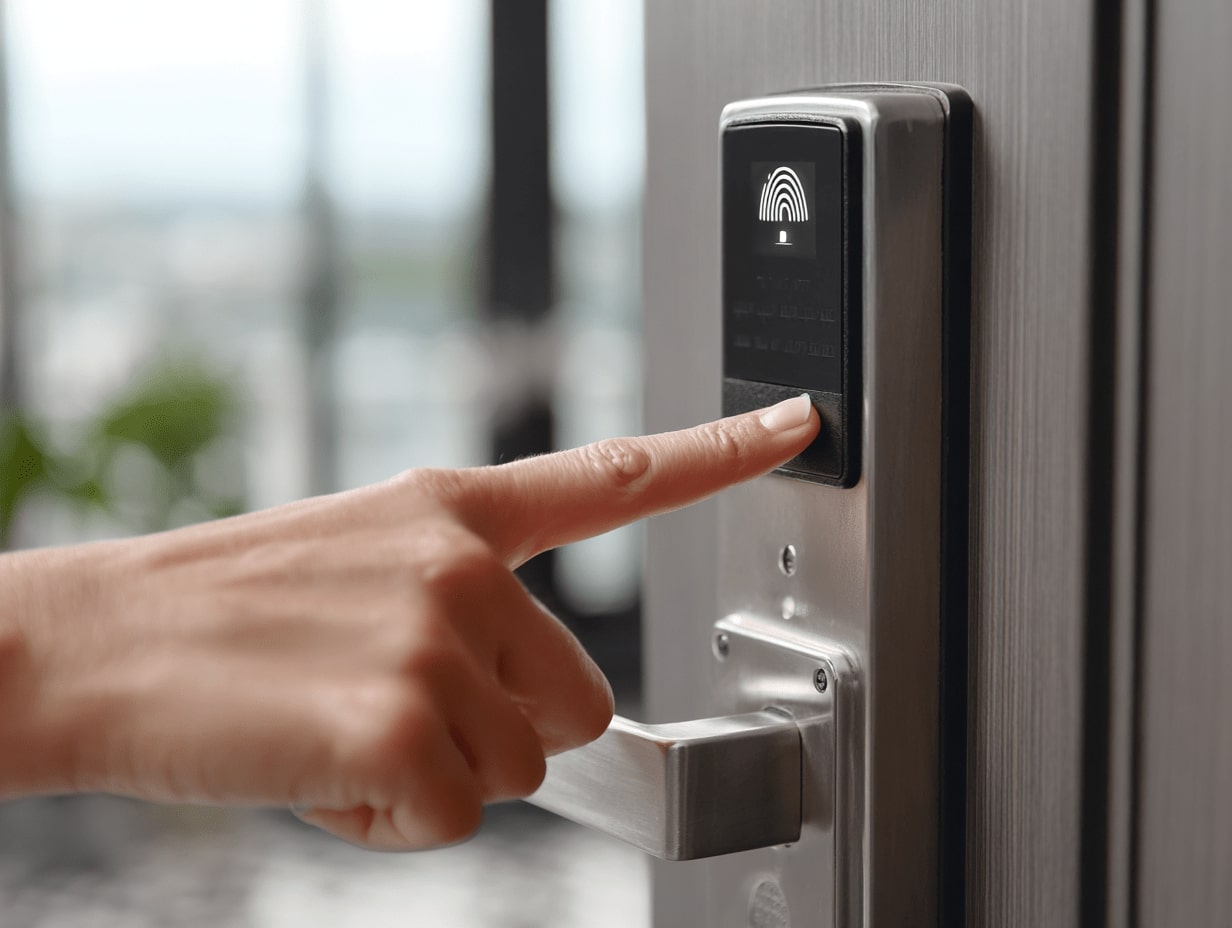
Table of Contents
ToggleOverview of Smart Home Designs
Smart home designs integrate advanced technology, creating spaces that are responsive to our lifestyles and preferences. These systems enable communication among devices, enhancing comfort by automating tasks and optimizing energy usage.
Key Elements of Smart Home Designs
- Connectivity: Smart home designs emphasize interconnected devices. These devices communicate over Wi-Fi, Bluetooth, or Zigbee protocols, ensuring seamless operation and control.
- Automation: Automation features allow us to manage lighting, temperature, and security systems based on pre-set schedules or our preferences. For instance, smart thermostats can adjust settings based on occupancy patterns.
- Energy Efficiency: Energy-efficient appliances and smart meters contribute to reducing overall energy consumption. Smart home designs can help us identify energy usage patterns and suggest improvements.
- User-Friendly Interfaces: Interfaces like mobile apps and voice assistants provide intuitive control. These interfaces allow us to monitor and manage our smart home systems from anywhere.
- Security Features: Enhanced security options, including smart locks and surveillance cameras, ensure safety. Notifications and alerts keep us informed about unusual activities in our home.

Trends in Smart Home Designs
- Voice Control: Voice assistants like Amazon Alexa and Google Assistant dominate smart home interactions. They facilitate hands-free control of multiple devices.
- Integration with IoT: The Internet of Things (IoT) connects a range of devices, from kitchen appliances to security systems. This integration fosters comprehensive home management.
- Sustainable Solutions: Eco-friendly innovations like smart irrigation systems and energy-efficient lighting are becoming more common. These solutions help us reduce our carbon footprint while maintaining comfort.
Practical Tips for Smart Home Design
- Assess Needs: Identify specific needs before investing in smart technology. This helps prioritize essential devices that enhance our everyday activities.
- Start Small: Begin with a single device, like a smart speaker or smart bulb. Gradually expand our systems as familiarity and confidence grow.
- Select Compatible Devices: Choose devices from reputable brands that support interoperability. Compatibility ensures seamless integration among our smart home systems.
Smart home designs continue to evolve, adapting to our changing lifestyles and technological advancements. By understanding key elements, trends, and practical tips, we can create a personalized smart home that enhances our comfort and efficiency.
Key Features of Smart Home Designs
Smart home designs incorporate several essential features that enhance functionality and user experience. These features play a crucial role in creating a seamless and efficient living environment.

Connectivity and Integration
Connectivity forms the backbone of smart home designs. Devices connect to a central hub or smartphone app, allowing us to control multiple functions from a single interface. Integration with the Internet of Things (IoT) creates a network of interconnected devices, such as smart thermostats, lighting systems, and security cameras. This integration ensures that our devices can communicate with each other, enabling features like automated lighting adjustments based on occupancy, or HVAC systems reacting to temperature changes. Compatibility across brands strengthens users’ ability to customize and expand their smart home systems.
Security and Surveillance
Security features in smart home designs heighten safety and peace of mind. Smart locks enable us to manage door access remotely, allowing users to grant entry to guests or service personnel. Surveillance cameras provide real-time monitoring through smartphones, enhancing our ability to keep an eye on our homes. Many systems include motion detectors that send alerts if unusual activity occurs. Advanced features, such as facial recognition technology, further bolster security by distinguishing between familiar and unfamiliar faces. These solutions collectively foster a secure environment tailored to our specific needs.
Energy Efficiency
Energy efficiency is a critical aspect of smart home designs. Smart thermostats help optimize heating and cooling by learning our daily routines and adjusting settings accordingly. Automated lighting systems use sensors to turn lights off when rooms are unoccupied, reducing energy consumption. Smart appliances, like refrigerators and washing machines, provide energy usage data, enabling us to make informed decisions about our energy habits. These solutions not only lower utility bills but also contribute to environmental sustainability by minimizing our overall energy footprint.
Popular Smart Home Technologies
Smart home technologies significantly improve our daily lives. They enhance convenience and energy efficiency while providing control over our living environments.
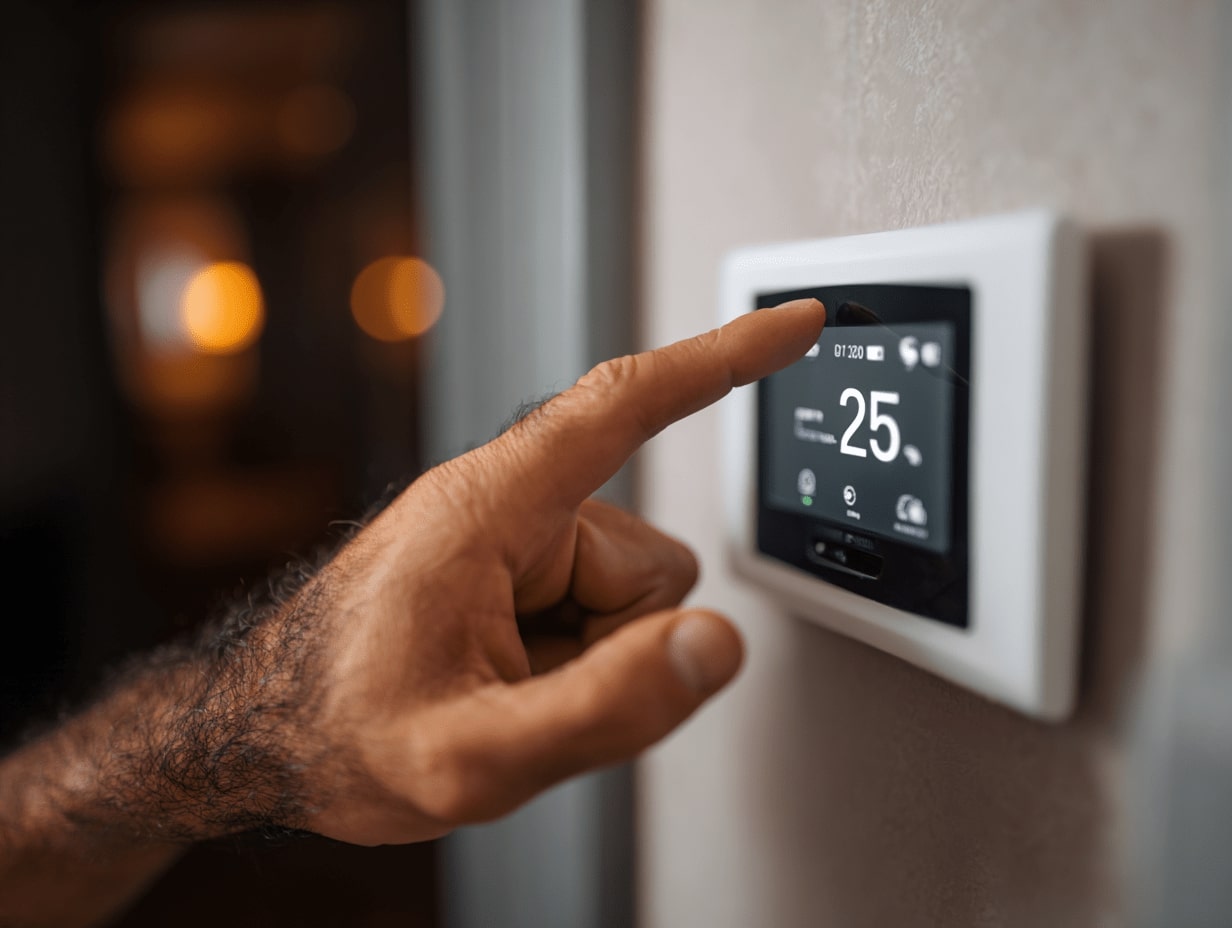
Smart Lighting
Smart lighting systems allow us to control our lights through smartphones, voice commands, or automation. These systems offer capabilities like remote dimming, scheduling, and color changing. For example, we can set lights to turn on at sunset or change colors for special occasions. Popular smart lighting brands include Philips Hue, LIFX, and Wyze, providing options for all budgets and preferences.
Smart Thermostats
Smart thermostats optimize energy efficiency by learning our heating and cooling preferences. They automatically adjust temperatures based on occupancy and time of day. For instance, models like the Nest Learning Thermostat and Ecobee SmartThermostat can significantly reduce energy bills while maintaining comfort. These devices connect to our Wi-Fi networks, allowing us to manage home climates remotely via apps.
Home Automation Systems
Home automation systems integrate various smart devices to create a cohesive, automated experience. Platforms like Samsung SmartThings, Google Home, and Amazon Alexa enable us to control lighting, thermostats, and security systems from a single interface. They support custom routines, such as turning off all devices and locking doors with a single command. These systems enhance our home’s efficiency and security while simplifying our daily tasks.
Benefits of Smart Home Designs
Smart home designs bring numerous advantages to modern living. These benefits enhance comfort, security, energy efficiency, and convenience, making daily life more enjoyable.
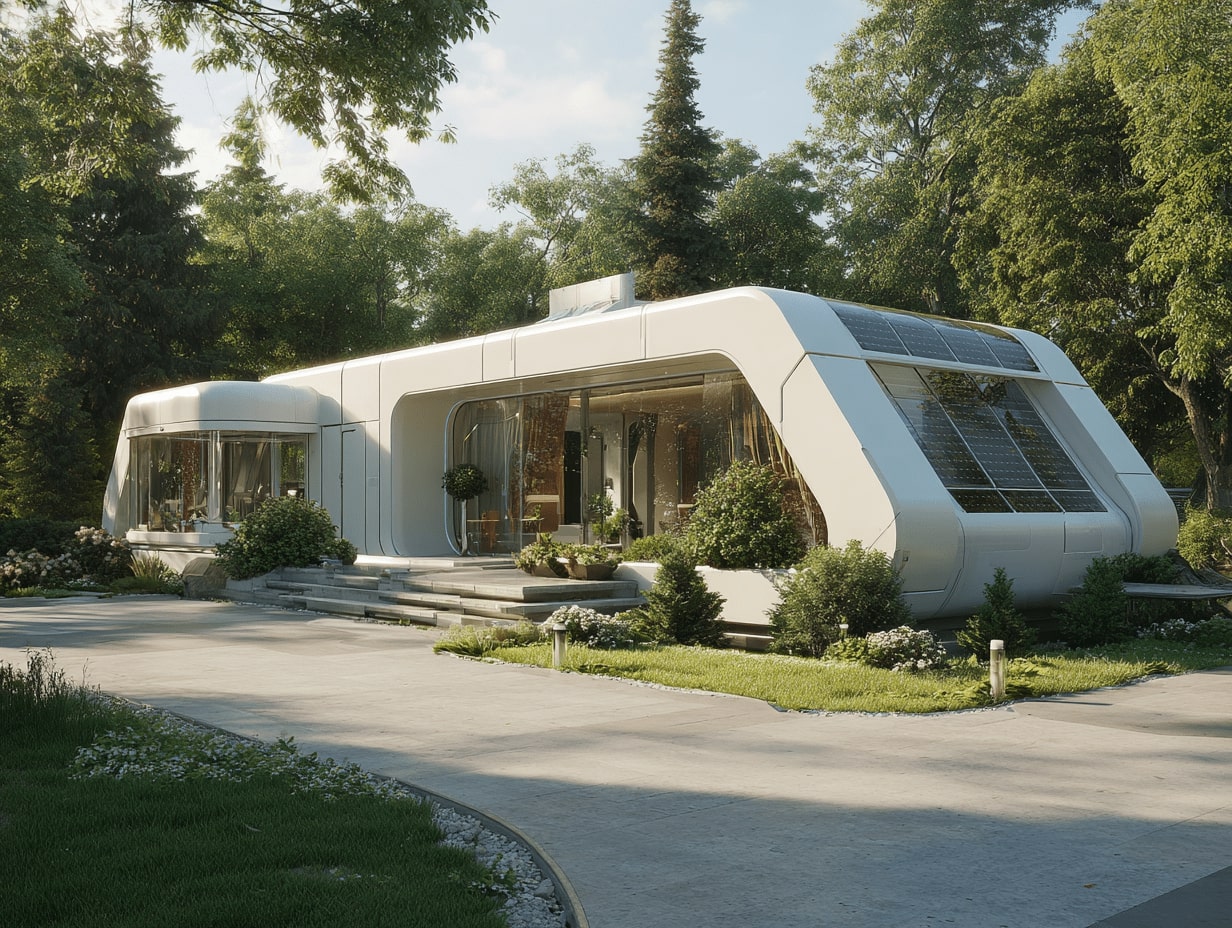
- Increased Convenience: Smart home systems allow us to control devices remotely using smartphones or voice commands. We can turn lights on or off, adjust thermostats, and even manage security cameras from anywhere.
- Enhanced Security: Smart locks, cameras, and alarm systems provide real-time monitoring and alerts. These features help deter intruders and allow us to monitor our homes closely.
- Energy Efficiency: Smart thermostats and energy-efficient appliances significantly reduce energy usage. We can optimize energy consumption with automated settings and gain insights through monitoring energy use.
- Cost Savings: By increasing energy efficiency, smart home designs lead to lower utility bills. Over time, the savings from reduced energy usage can offset the initial investment in smart technology.
- Improved Home Value: Adding smart home features can enhance property value. As more buyers seek homes equipped with modern technology, our smart home investments become attractive selling points.
- Personalization: Smart home systems adapt to our preferences. We can program lighting, heating, and security settings according to our schedules and routines, creating a tailored living environment.
- Sustainability: Many smart home technologies promote eco-friendly living. Energy-efficient appliances and management systems enable us to reduce our carbon footprint while enjoying modern conveniences.
Smart home designs transform our living spaces, enhancing the overall quality of life while providing a seamless integration of technology and comfort.
Challenges in Smart Home Designs
Smart home designs face several notable challenges that can hinder their effectiveness and adoption. Understanding these obstacles allows us to create more efficient solutions.
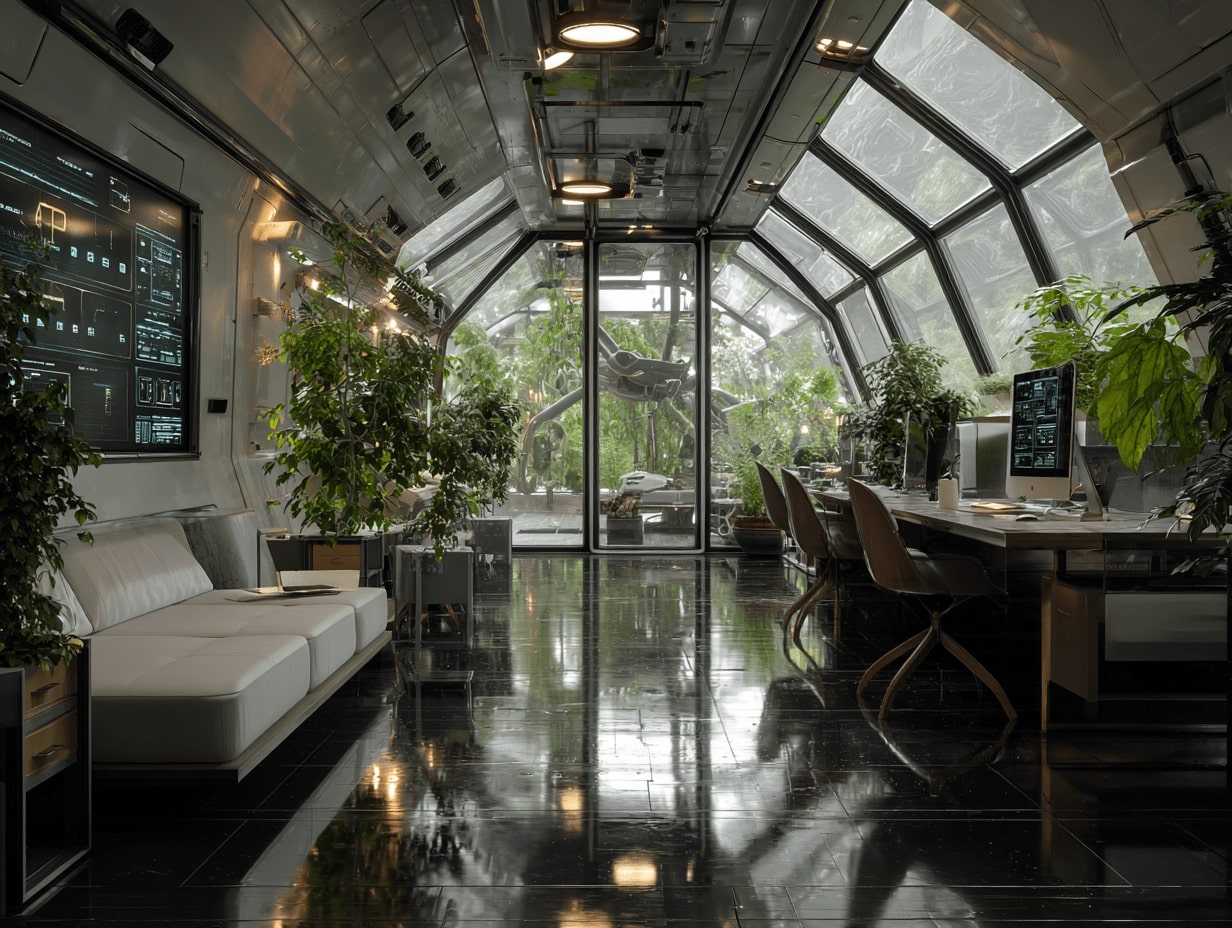
Interoperability Issues
Interoperability remains a significant challenge. Many smart devices come from different manufacturers and use varying protocols. This lack of standardization can complicate integration, leading to fragmented systems that don’t communicate effectively.
Security Vulnerabilities
Security concerns pose another challenge. Smart home devices often connect to the internet, exposing them to potential hacking. Data breaches can compromise personal information, making robust security measures essential for user confidence.
Complexity of Use
User experience often suffers due to complexity. Some devices require intricate setups and configurations. If technology isn’t intuitive, users may struggle to adapt, resulting in underutilization of smart home features.
Dependence on Internet Connectivity
Dependence on reliable internet connectivity presents an obstacle. Smart devices relying on cloud services can become nonfunctional during outages. This dependency raises questions about the reliability and accessibility of smart home technology.
Cost of Implementation
Cost factors can limit the widespread adoption of smart home designs. While prices for smart devices decrease, initial investments can be high for comprehensive systems. Budget constraints may hinder homeowners from fully embracing smart technologies.
Evolving Technology
Lastly, the rapidly evolving technology landscape creates challenges. With constant advancements, older devices may quickly become obsolete. Keeping up with trends requires ongoing investment and upgrades, complicating long-term planning.
Navigating these challenges can enhance our smart home designs, ensuring they are efficient, secure, and user-friendly while promoting wider acceptance and satisfaction among users.
Conclusion
Smart home designs are transforming the way we live by enhancing comfort and efficiency. As we embrace these innovations we can enjoy the benefits of seamless connectivity and automation. With the right approach we can create personalized environments that cater to our needs while promoting sustainability.
By staying informed about the latest trends and technologies we can navigate the challenges of smart home integration. This journey not only improves our quality of life but also aligns with our values of security and energy efficiency. As we continue to explore smart home solutions let’s remain mindful of how these advancements can shape a more sustainable and convenient future.
- automated home solutions
- connected home technology
- eco-friendly home designs
- energy-efficient homes
- energy-saving smart homes
- high-tech home ideas
- home automation ideas
- home automation systems
- innovative home technology
- intelligent home management
- modern living solutions
- smart home comfort features
- smart home customization
- smart home designs
- smart home devices
- smart home efficiency
- smart home security
- smart lighting systems
- smart thermostat solutions
- sustainable home solutions
- sustainable living technology
Submit your architectural projects
Follow these steps for submission your project. Submission FormLatest Posts
How to Furnish Your New Home in 24 Hours (Without Picking Up a Screwdriver)
The keys have been handed over. The lease is signed. You are...
3D Printed Homes: Time, Cost, and What to Expect
3D printed homes explained: realistic timelines (24–72h walls, 8–16 weeks total), true...
How a Contact Centre Boosts Trust in Your Building Business
In construction, trust is the glue that holds projects together. Clients need...
How Real Time Parcel Geolocation Is Redefining Last Mile Efficiency for Modern Businesses
Last mile delivery has become the most critical point in the customer...







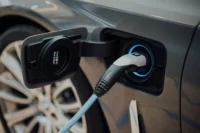

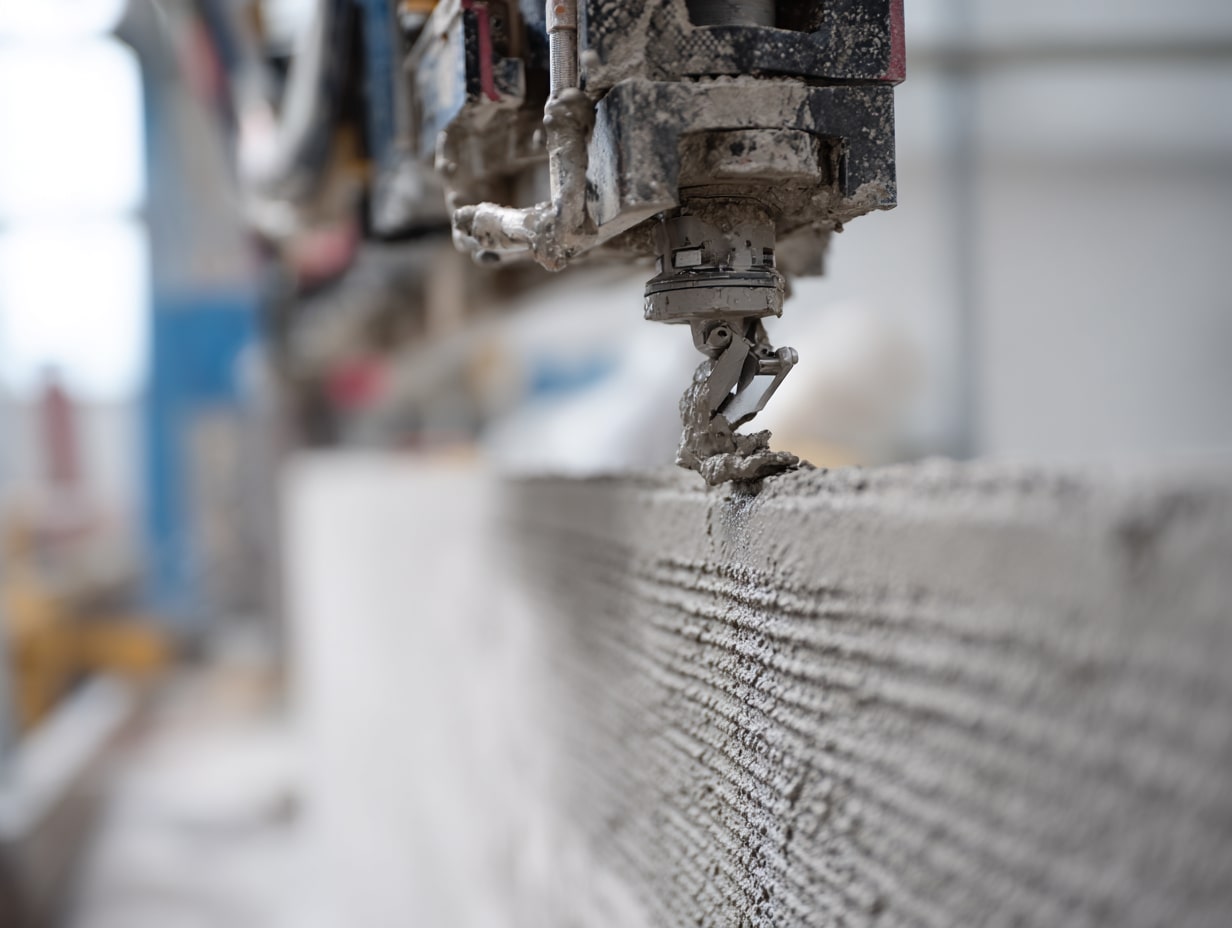


Leave a comment